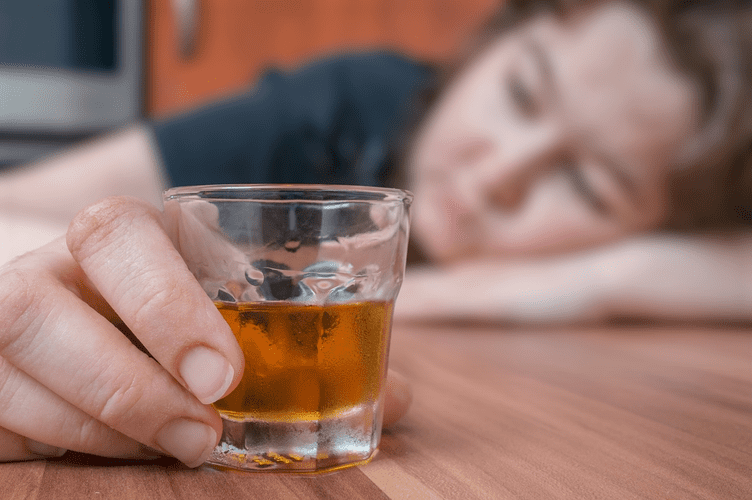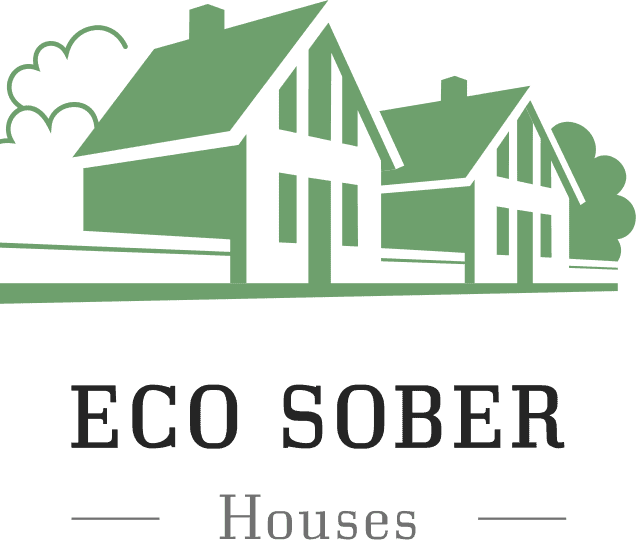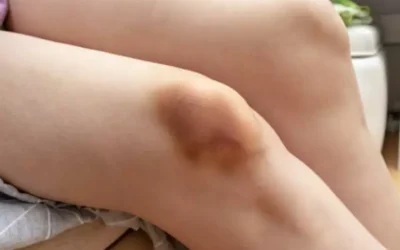Spiritual Malady: A spiritual unmanageability
Content
- The Spiritual Malady: Bane of the Alcoholic and Addict
- I want to find a Higher Power. How do I do this?
- A Higher Power and Our Spiritual Awakening
- Friendship requires an active orientation toward life and your relationship
- The Mind is also Abnormal
- The Spiritual Malady: How to Attain Peace of Mind and Lasting Happiness (Paperback)
- What About God?
A Spiritual Malady on its most basic level, is spiritual unmanageability. Without higher guidance or wisdom, we’re just making life decisions like water poring out of the spout! Thoughts are spouting out of our mouths without any self-care as to the consequences! This is a Spiritual Malady and most often wreaks havoc in our life. The fastest and best way to pull out of this self-will-run-riot is Step 3. The daily taking of Step 3 prayer cannot be overemphasized to protect us from a Spiritual Malady.
What are the signs of spiritual calling?
- You feel disconnected or detached.
- You've reevaluated your beliefs.
- Your dreams are more vivid.
- You experience more synchronicities and déjà vu.
- Your relationships begin to shift.
- You feel spirituality becoming an important part of your life.
- You're more intuitive.
Dr Bob like Bill Wilson had intermittently stayed sober via involvement with the Oxford Group but they had always relapsed back to drinking. I have a spiritual tool kit that deals with this emotional disease. Sometimes the shame persists for some time and I try to relieve it by behavioral addictions, too much shopping, too much eating, too much objectification of the opposite sex. These are all parts of my emotionally entangled web that is spun when I react to some sense of rejection.
The Spiritual Malady: Bane of the Alcoholic and Addict
For example there is an undercurrent in fear of things being taken away, of it being because we are not good enough, deserving enough, have failed in some way, which are shame based reactions. Desire obviously runs contrary to the idea of being in God’s will, in fact it is being in Self Will that seems to https://ecosoberhouse.com/ create distress in many people with addictive behaviours. One of my own difficulties is realising I am hungry or tired and I can often end up exhausted by over-doing stuff especially manual work around my house. My stop button broke a long time a ago and probably did not work very well to begin with.

The important thing is that you stay committed to your sobriety and continue working the program – eventually, everything else will fall into place. This is the type ofspiritually maladapted behaviorthat we typically exhibit in active alcoholism. When not treating the spiritual aspect of the disease those behaviors are the types of things that will start to make life unmanageable once again.
I want to find a Higher Power. How do I do this?
From our time spent feeding our addictions, we feel that the opposite begins to happen. Rather than providing a feeling of relief, we find ourselves in a perpetual “dark night of the soul,” cut off from any sense of spiritual comfort. At Oceanfront Recovery, our team of addiction treatment professionals understands how to approach alcohol addiction as the chronic disease it is. We offer extensive detox and therapies to help individuals address the physical aspects of the disease as well as the psychological and spiritual aspects.
We had limited control over behaviour at times due to intoxication and acted on occasion in a way that shames us today. He “had to” react with arrogance, dismissiveness, impatience and intolerance, because his shame, which is a fear based emotion, made him fearful of his own recovery and fear makes one strangely dishonest (at times deluded), This is my experience. For many recovering alcoholics this may be another unpalatable truth, that they have issues with emotional responding, with being emotionally mature.
A Higher Power and Our Spiritual Awakening
So, instead of fixating on the parts of the program that don’t work for you, focus on the things that do. Finding a Higher Power is an essential part of Alcoholics Anonymous, but what if you don’t believe in God? You’re not alone – there are plenty of people in AA who don’t believe in God, or who have trouble with the concept of a higher power. Spiritually, we have adifficult time connectingto a higher power. It is common to find yourself being angry at God or saying things like “if God was real this wouldn’t have happened to me” or not understanding why things are the way they are.
Recovered means free from the obsession and constant struggle to stay sober. That will be lifted if you correctly follow the twelve steps in the book. Alcoholics Anonymous, the book that was created in the late 1930s was used to get people sober. Alcoholics would read and follow the steps in the book and get sober. The three must be addressed to find healing, recovery, and to live life sober.
We are far from being Saints but have a solution Saints would approve and achieve a kind of transient sanctity in this 12 step solution of letting go and letting God. I also impressed upon him that mostly I can manage this emotional dysfunction but often I fail to and get into a resentful anger. I also impressed upon the newcomer that what the other guy was experiencing and was reacting is also how he, the newcomer, reacts and how I react too.
Restlessness, irritability, and discontentment are symptomatic of the spiritual illness. The spiritual illness that we faced acted as a catalyst for our addiction, and every attempt to self-medicate our spiritual malady pushed us deeper and deeper into the disease. The “spiritual malady” of the Oxford group seems enhanced in me, I believe I sin more than normal people because of my emotional immaturity and reactivity.







